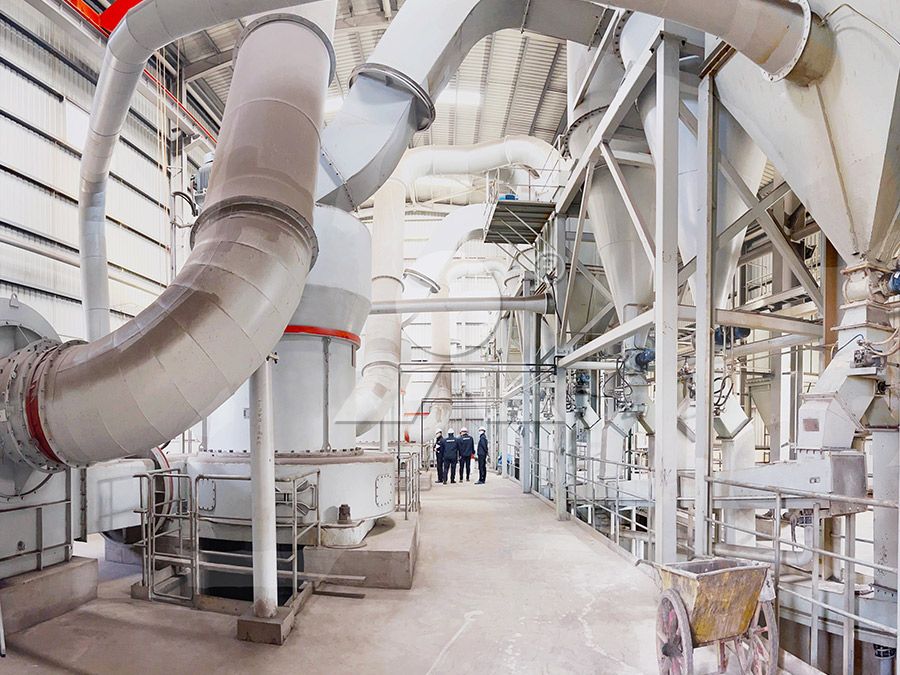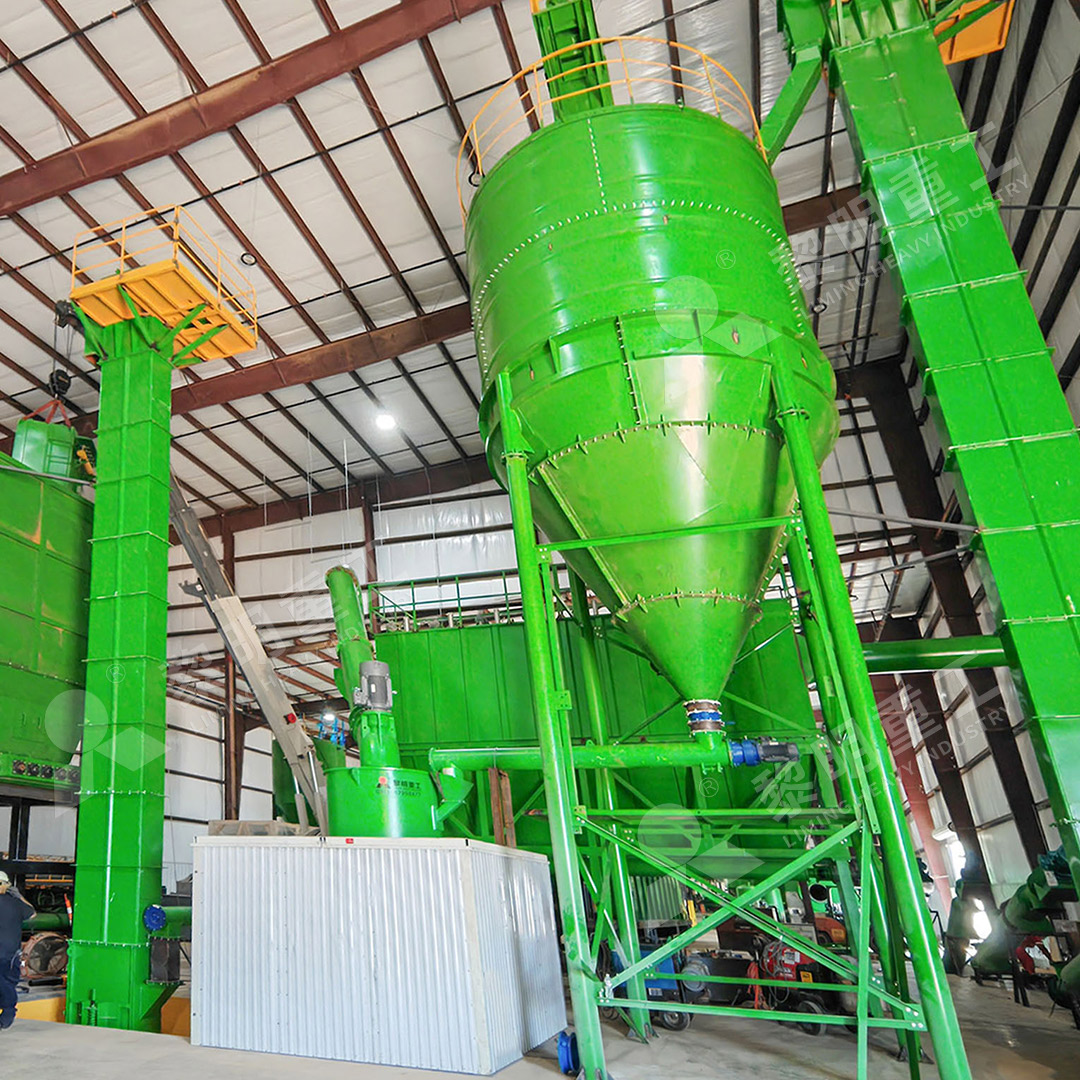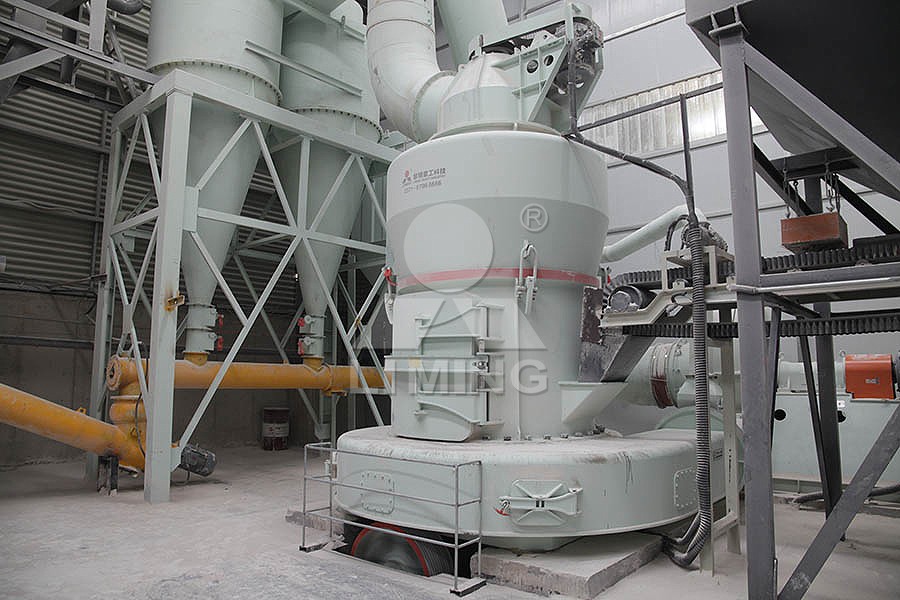Process Flow of Potassium Feldspar Powder Production Line
Process Flow of Potassium Feldspar Powder Production Line
Potassium feldspar, a key industrial mineral, requires a precise and efficient milling process to transform raw ore into high-value powder for ceramics, glass, and other applications. The production line is a coordinated system of crushing, grinding, classifying, and collecting. Here’s a breakdown of the typical process flow.
1. Crushing and Pre-Sizing
The raw potassium feldspar ore, often containing large lumps, is first fed into a jaw crusher for primary crushing. The crushed material is then further reduced by a secondary crusher, like a hammer crusher or cone crusher, to achieve a feed size suitable for the grinding mill—typically below 20mm. This step is crucial for ensuring efficient grinding mill operation and maximizing throughput.

2. Grinding: The Heart of the Process
The pre-crushed material is elevated to a storage hopper and then uniformly fed into the grinding mill by a vibrating feeder. Selecting the right grinding mill is paramount for achieving the desired fineness (often between 200-2500 mesh) and production capacity. For ultra-fine powder production, traditional Raymond mills or ball mills are often less efficient.
This is where advanced grinding technology shines. For instance, our MW Ultrafine Grinding Mill is an excellent choice for feldspar processing. With an input size of 0-20 mm and a capacity range of 0.5-25 tph, it’s designed specifically for customers needing to make ultra-fine powder. Its innovative design, featuring newly engineered grinding curves for the roller and ring, enhances efficiency dramatically. It offers higher yielding and lower energy consumption—its capacity is 40% higher than jet mills with the same power, and system energy use is only 30% of a jet mill. Furthermore, its cage-type powder selector allows precise fineness adjustment between 325-2500 meshes.

3. Classification and Collection
As the material is ground inside the mill, the generated fine powder is carried upwards by the airflow to a built-in or external classifier. This turbine separator ensures that only particles meeting the specified fineness proceed. Coarse particles are rejected and returned to the grinding chamber for further size reduction. The fine powder then travels with the air stream into a cyclone collector and a subsequent pulse baghouse dust collector, where it is efficiently separated from the air and discharged as the final product. Our MW Mill is equipped with an efficient pulse dust collector and muffler, making the entire operation dust-free and environmentally friendly.
4. Packaging and Storage
The collected potassium feldspar powder is conveyed to storage silos via screw conveyors or pneumatic systems. Finally, the product is automatically weighed and packaged for shipment. The entire process, from raw ore to bagged powder, can be automated for consistent quality and minimal human intervention.

Choosing the Right Equipment
For operations requiring even higher integration and a vertical footprint, our LUM Ultrafine Vertical Grinding Mill is another top-tier solution. It integrates grinding, grading, and transporting into a single unit. With an input size of 0-10mm and capacity of 5-18 tph, it employs the latest roller technology and German powder separating tech for exceptional efficiency and stability. Its multi-head powder separating technology and reversible structure for easier maintenance make it a robust and intelligent choice for modern feldspar processing plants.
In conclusion, a well-designed potassium feldspar powder line hinges on selecting equipment that balances high output, low energy use, and precise particle size control. Investing in advanced mills like the MW or LUM series can significantly boost your profitability and product quality.
